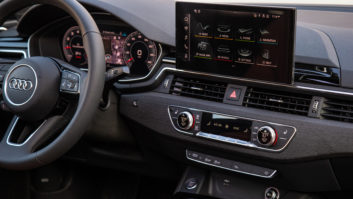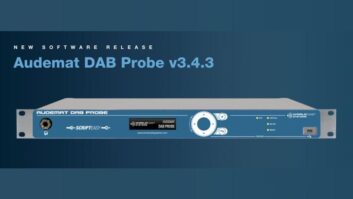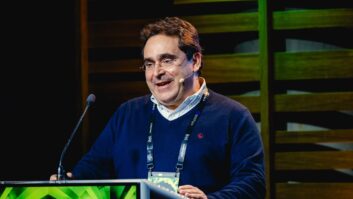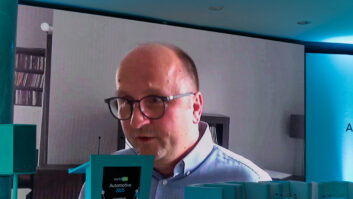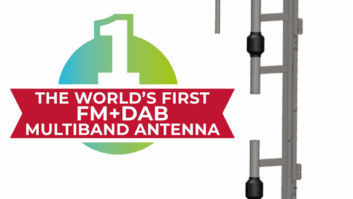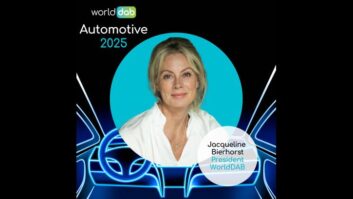ALEXANDRIA, VA.�In the virtual pages of Digital Radio Update I have frequently written about DAB and DAB+.� What exactly are the differences, though, from a technical standpoint, and for users of digital radio? Radio Futurologist James Cridland recently published a short article on the differences between DAB and DAB+ in media.info. Let�s take a look at the highlights (you can read the entire piece here).�
�A DAB audio signal is encoded in MP2 (the ancestor to today�s MP3 format). A DAB+ audio signal is encoded in aacPlus (strictly, aacPlus HE v2)�aacPlus uses a number of clever techniques to make it more efficient, so audio sounds better at lower bit-rates. �Roughly, 48kbps DAB+ sounds the same as a 128kbps DAB signal.
�A DAB+ audio signal also includes slightly better error correction, which might mean a reduction in ‘bubbling mud’ or other problems in poor reception areas.
�Apart from that, there are no differences. DAB+ and DAB use the same transmitters, same multiplexing equipment, and so on, and DAB and DAB+ signals can happily live on the same DAB multiplex. A DAB+ radio will also happily decode DAB signals as well (although a DAB radio won�t decode DAB+). Many DAB radios on sale today will cope with DAB+ automatically, or will prompt you with instructions on how to upgrade (which could be as easy as typing a code in, or downloading some new firmware). Any radio with aDigital Radio tickmarkwill cope with DAB+.
�Changing to DAB+ instead of DAB doesn�t make the transmitters any cheaper (and, actually, makes them slightly more expensive since there’s a patent to pay to Fraunhofer). Broadcasters are charged for the bitrate they use, but most DAB multiplexes in the U.K. aren�t full, so DAB+ won’t mean more stations pay to broadcast on these multiplexes.
��if you�re launching digital radio in a new market, it makes no sense to be looking at standard DAB. DAB+ is robust, reliable, and comparatively cheap, particularly if you consider the opportunities of launching over 20 channels on one multiplex. Receivers are cheap, power-efficient, and available now. The technology is tried and tested. Broadcast radio, free at the point of consumption, has significant benefits over internet radio.�
Technical points aside, does the introduction of DAB+ in the U.K. provide any substantial benefits to listeners?� James addresses this question as well.�
�While DAB+ services are now appearing in the U.K., there are no plans to switch the majority of radio broadcasting over to DAB+: not yet, anyway. There have been a lot of DAB sets sold in the U.K. DAB sets are inover halfof all households here, and generally we don�t replace radios as fast as any other entertainment equipment (like a TV, a set-top box, or a mobile phone). Given this, it�s unlikely that the U.K. will be switching to DAB+ any time soon, and there are no plans to make that change.
�Some of the main proponents of DAB+ in this country want it because they think it�ll result in better-sounding audio. It probably won�t. Many DAB+ countries use 48kbps aacPlus, and the new services on the SDL (Sound Digital) multiplex are at 32kbps: they offer a good stereo signal, but they’re still not a brilliantly clear sound. The main benefits to radio listeners from DAB+ will be additional choice, not enhanced sound quality. That said, DAB+ normally means stereo is available at bitrates formerly only used for mono, so there is that.�
